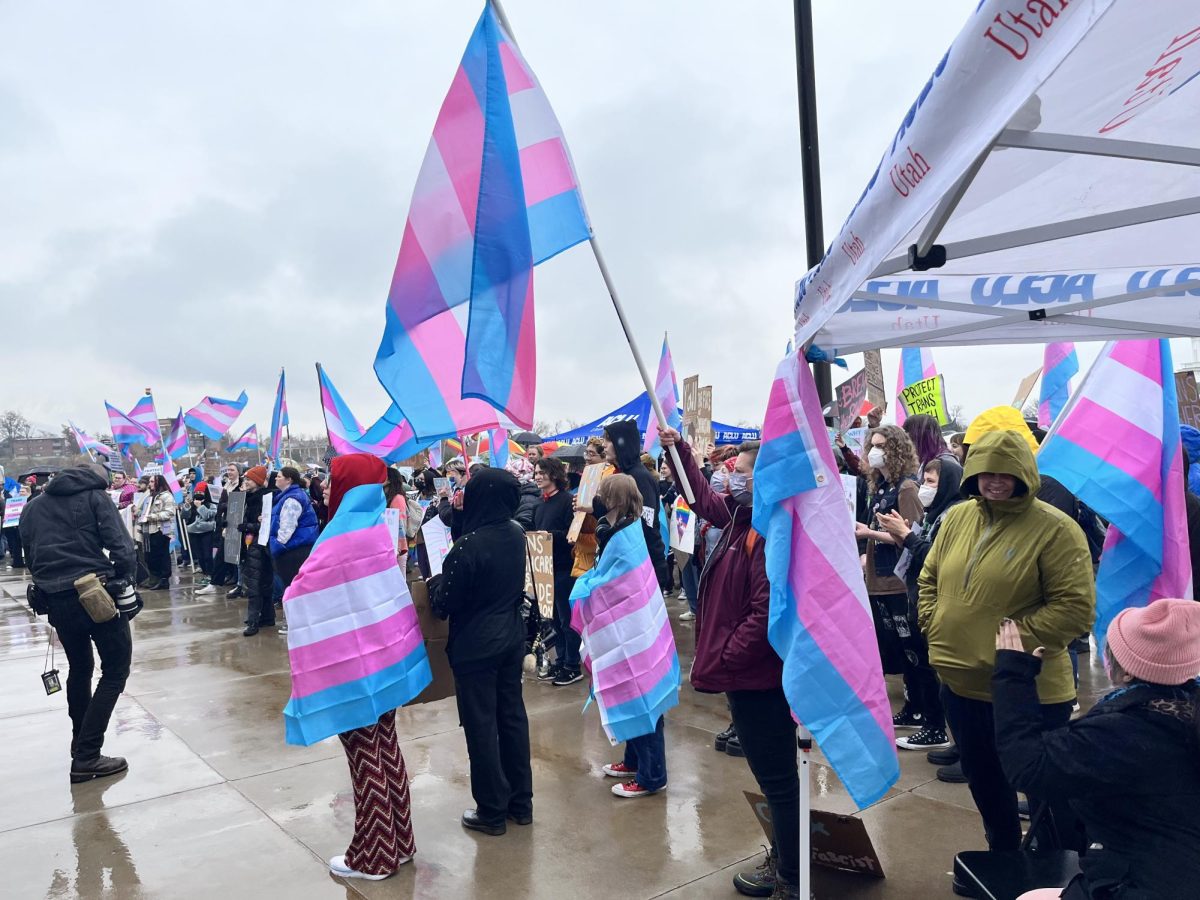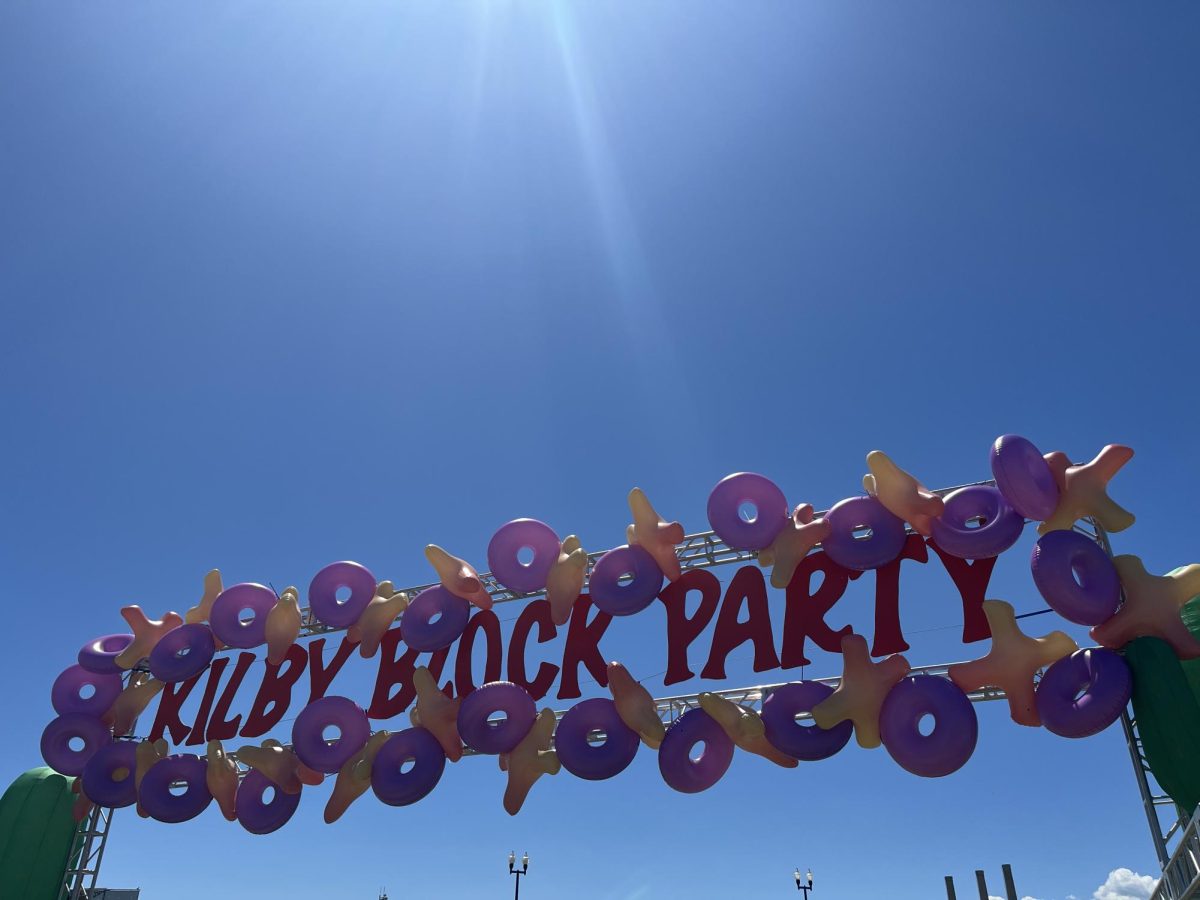Christopherson: The Parade of Homes Beautifully Masks the Realities of the American Dream
September 23, 2019
Last week, my roommate arrived home in absolute awe from her day at the Salt Lake Parade of Homes. She’d spent hours sauntering through — in protective fabric booties, of course — some of the most beautiful homes in the valley, with Teslas and boats aplenty parked in the driveways of these gorgeous residences. She enthusiastically offered me descriptions of the handle-free appliances, marble countertops and gold-detailed bathrooms she’d seen. The shower in one master bathroom, she told me, was probably half as big as the bedroom we share in our old, un-air-conditioned Salt Lake City apartment.
We fantasized for a moment about living in those kinds of homes. The two of us — a daughter of Mexican immigrants and a strapped-for-cash college student — had a difficult time fathoming the ease and luxury that comes with having so much money, but it was fun to try.
After a few minutes, my roommate mentioned something much more compelling. While touring one house, her friend remarked that anyone could obtain the grandiose lifestyle they were gazing upon. This, the friend implied, was the beauty of capitalism — and imagining the fruits of the American Dream was the most fun aspect of attending the parade.
My roommate saw the folly of that logic right away. Her parents came to the United States on the basis of that very notion, and she has been the beneficiary of that choice. She graduated high school with more education than either of her parents ever received, going on to attend the University of Utah. She has a full-time job that allows her to pay for everything she needs and most of what she wants — enough that it’s not a problem to buy a car equipped for Utah’s icy roads in winter or to buy new leggings to motivate herself to work out. Her parents have taught her that hard work pays off, especially in the U.S.
But she also knows the statistics. People who can afford houses on par with those in the parade are among the richest people in the state. According to a recent New York Times piece on wealth in America, a household income of $187,000 is enough to put someone in the top 5% of earners in Utah aged 34 to 65 — and even that income may not be sufficient to purchase a million-dollar home. Even if anyone could theoretically earn enough to live in a parade home, that’s not the reality for the vast majority of Utahns — regardless of their work ethic or ambition.
As with anything we consume, the injustice here is in the invisible details of the production. Who built these houses? Who landscaped the yards? If we trust in local companies’ compliance with labor laws, we feel some measure of assurance that these workers were compensated fairly and treated relatively well, but we have yet to trace the entire line of production. Who built the glossy new ovens and refrigerators and produced the rich textiles in every home, and what were their working conditions?
Who mined the raw materials? Who drilled the oil that fueled the construction equipment for the house and its furnishings, and shipped each item to Millcreek or Draper or South Jordan? Who drove the trucks? Who lives in the communities where these factories and oil refineries are located? Who is so poor that they can’t afford to move out of neighborhoods with the kind of air and water pollution that causes cancer and abnormally high rates of infant mortality?
It goes too often without saying that much of what constitutes a typical home in the U.S. — and in Utah, whether or not it’s of parade caliber — is not produced under the fair (or perhaps slightly less unfair) conditions federal regulations in our country seek to enforce. Often, women and people of color are disproportionately affected by the low pay and unsafe working environments associated with seemingly harmless towels, pillows and toasters. And the systemic poverty and disenfranchisement of these same communities render them unable to escape the toxicity of areas like Louisiana’s Cancer Alley, where waste from oil refineries and other chemical production poisons locals’ food and water supply.
The Parade of Homes is a problematic snapshot that manages not only to hide but to beautify the results of all of this human suffering. It plates intergenerational poverty in gold and covers environmental racism in layers of expensive off-white paint. We need to look at the foundation of these homes, to understand the foundations of inequity.
It’s not just the flaunting of America’s wealth disparity that makes the Parade of Homes so gaudy and offensive. The most troubling aspect of the event — and capitalism at large — is its total ignorance of the oppression of the masses so that just a few can lead such unnecessarily lavish lifestyles. This bread-and-circus event shows a gaping blind spot in the way society understands the implications of wealth — except this bread-and-circus also costs a $20 entrance fee.












